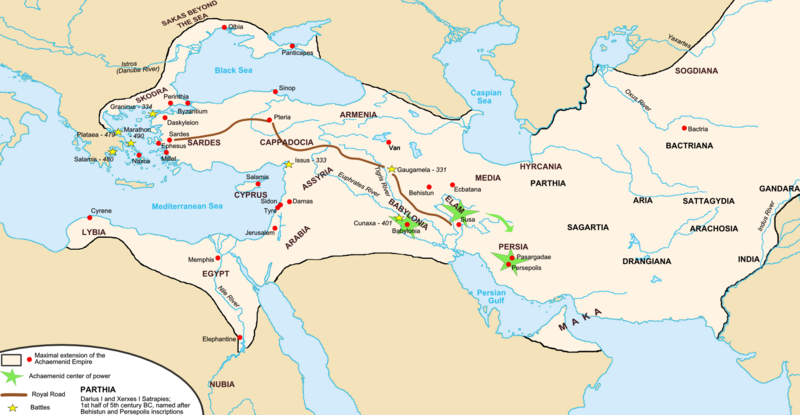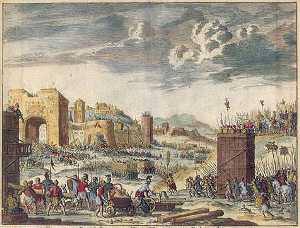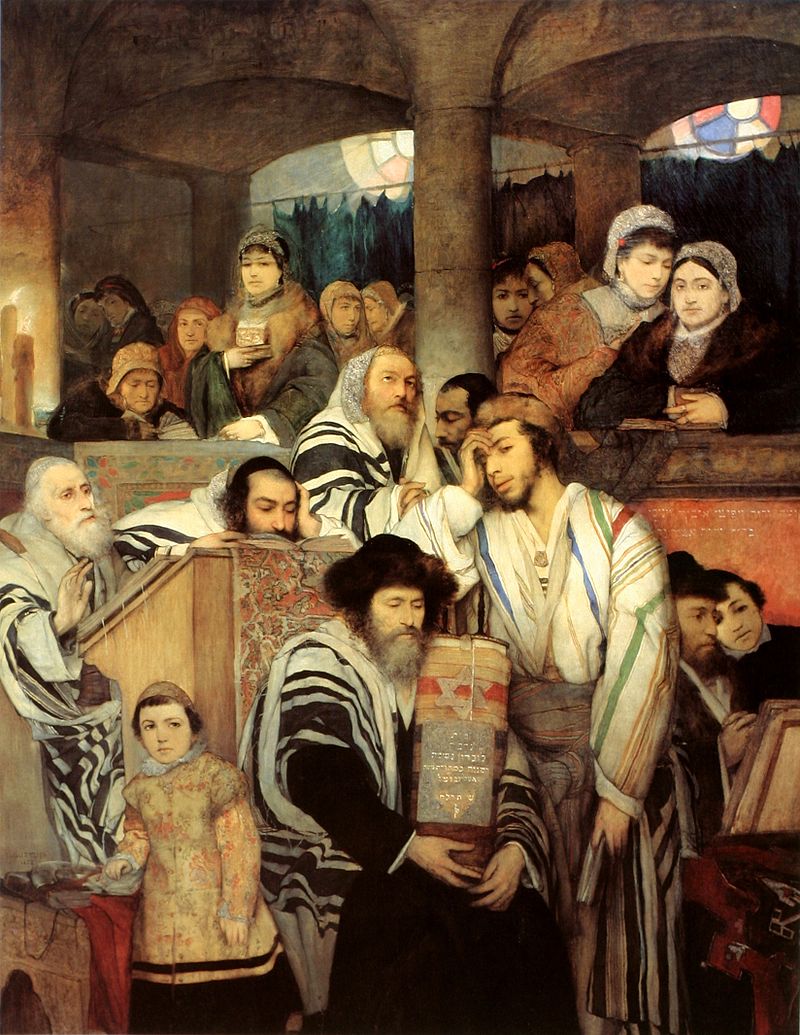Purim is the most joyful holiday on the Jewish calendar. It not only celebrates a miraculous event, but is a harbinger as well as a history. It comes to tell us not only what was, but what is and what will be. In this retelling of the Purim story, I hope you will see new nuances meaningful for our times.

The Purim story comes to teach us that in life, great and cataclysmic events are caused by seemingly small people. The Purim story plays out on the tapestry of an empire of 127 countries from India to Ethiopia, but it is really the story of a few people: King Ahasuerus with his whims, desires, and almost paranoiac behavior; Esther, the unwilling heroine; Mordechai, the leader of the Jews, often with no one following him; and finally, Haman, the epitome of evil and self-gain, who is eventually undone by his own ambition and cruelty.
The story begins fifty years after the destruction of the first Temple of Jerusalem when the Jews find themselves living in Babylonia. The Jews are nothing if not adaptable. They immediately begin to make a life for themselves in the exile. Even though they mourn for the lost Temple and the Land of Israel, they realize they will be able to survive successfully, and perhaps even nobly, in their new surroundings.
But the Babylonian dynasty was short-lived. It was soon swept away by the invading hordes of the Persians and Medes. With the arrival of the Persians, the Jews felt themselves even more comfortable. The Persians employed Jews in all levels of government and society, and they were basically tolerant of other religions. That would change when the Persians would adopt the religion of Zoroastrianism, but the initial decade of Persian rule was very favorable for the Jews.
The Persian government, however, was ridden with instability. Every general saw himself not as a loyal servant of the government, but as a potential leader. Therefore, the Persian armed forces were never held to be reliable, and the spirit of rebellion always blew strongly in their midst.
One general who led a successful coup was King Ahasuerus, one of the two great villains in the Purim story. The Talmud portrays him as a fool manipulated by his prime minister Haman, but as having enough cunning to always come out on top. Just as the U.S. has had “Teflon presidents,” Ahasuerus was “the Teflon king.”
The Jewish people are invited to celebrate the coronation of King Ahasuerus. Every guest’s wishes were to be satisfied at the banquet. If someone wanted 100% kosher Kedem wine, no problem. And if someone wanted a non-kosher Napoleon brandy, that was also no problem.
Because of these special arrangements, and because the Jews mistakenly felt that they were accepted in Persian society and would live without a threat, they attended the banquet en masse. Only a small number dissented. One of them was the great leader, Mordechai, who warned his fellow Jews that no good would come of this. He sensed immediately that this was not just a state affair, but that it was going to turn degenerate and immoral, with nudity and prostitution. He was right.
But the Jewish people did not listen to Mordechai. “What’s wrong, Rabbi?” they said. “The food is kosher.”
But that misses the point. By attending the banquet, the Jews brought upon themselves the threat of genocide and destruction.
At the banquet, political intrigue within the palace begins. Ahasuerus is married to Queen Vashti, who is a descendant of the Babylonian dynasty. For him, it is a marriage of convenience, a chance to cement his claim to the Persian throne. After all, he himself was not of royal blood, but a successful general. It is also an opportunity to make loyal subjects of the Babylonians. But Vashti is an independent woman, and she demeans him publicly. Ahasuerus, who has a very short fuse, has her executed.
On the surface, this seems a typical event in royal courts. Ahasuerus is Henry VIII, 1500 earlier. He is an ordinary oriental potentate with a harem full of women. One more or one less makes no difference to him. However, when fitted into the story, we see the importance of this event. The destruction of Vashti is the opening to the rise of Esther, which will enable the Jewish people to save themselves and continue as an eternal people.











